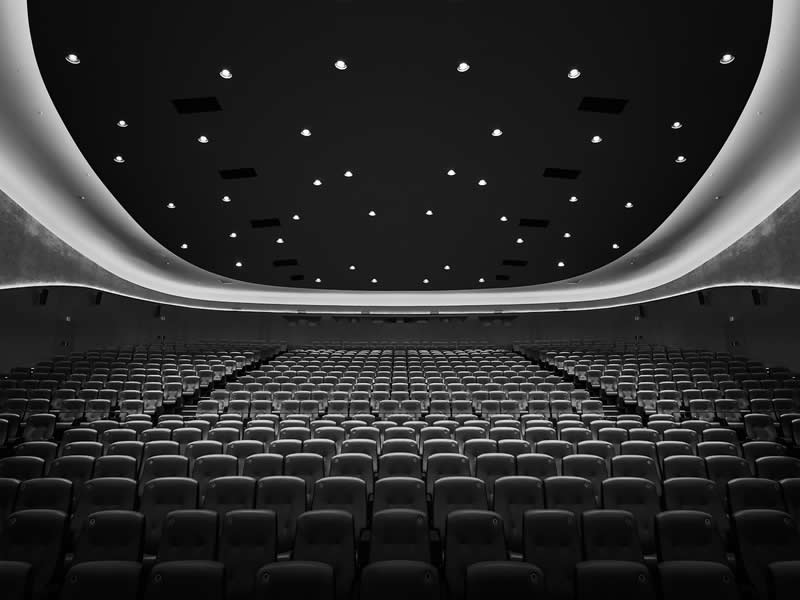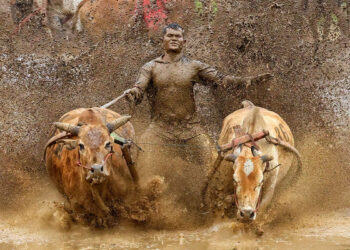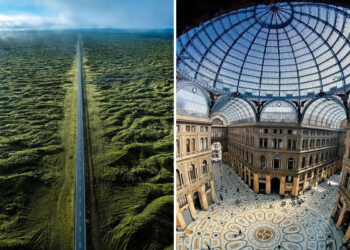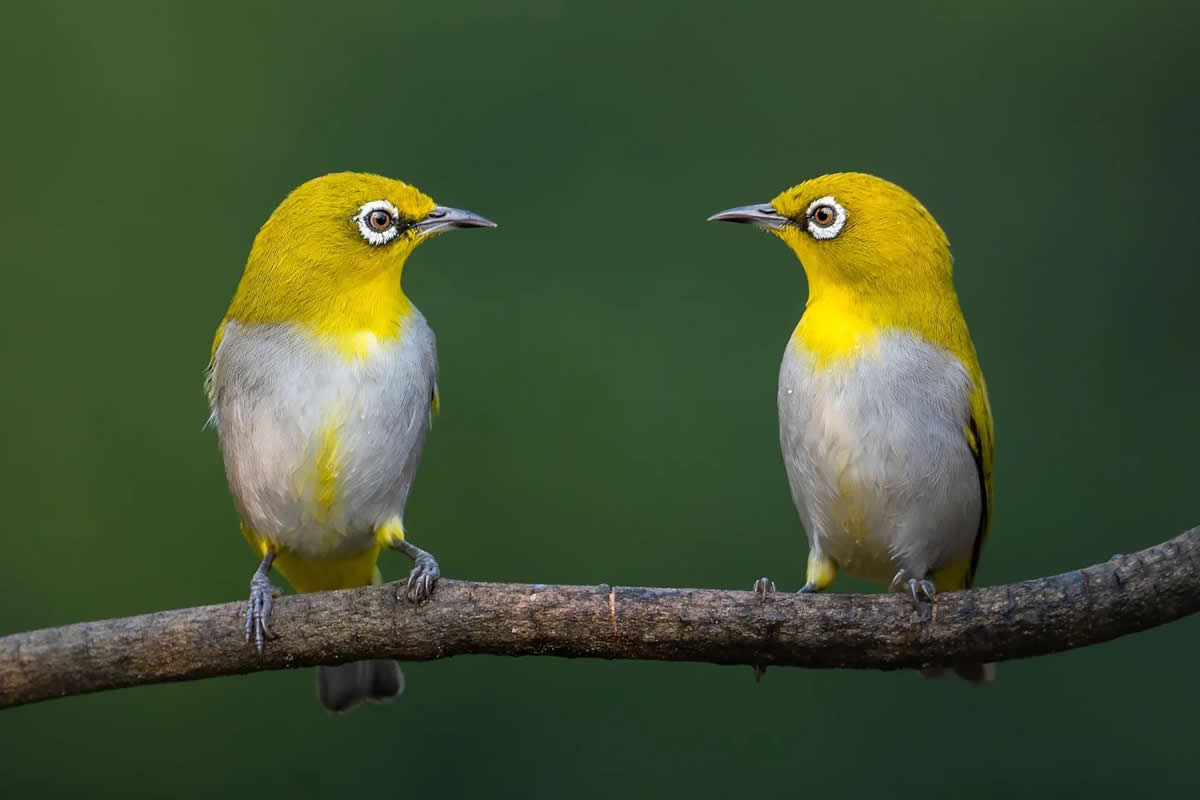Photography is often described as the art of seeing, but for Mario Tarantino, it is much more—it is the art of transforming. An award-winning photographer based in Spain, Mario has developed a distinctive voice in the world of artistic photography, where his minimalist compositions, striking contrasts, and pursuit of surrealism elevate the ordinary into the extraordinary. His lens does not simply record reality; it reshapes it, offering audiences a moment of aesthetic escapism.
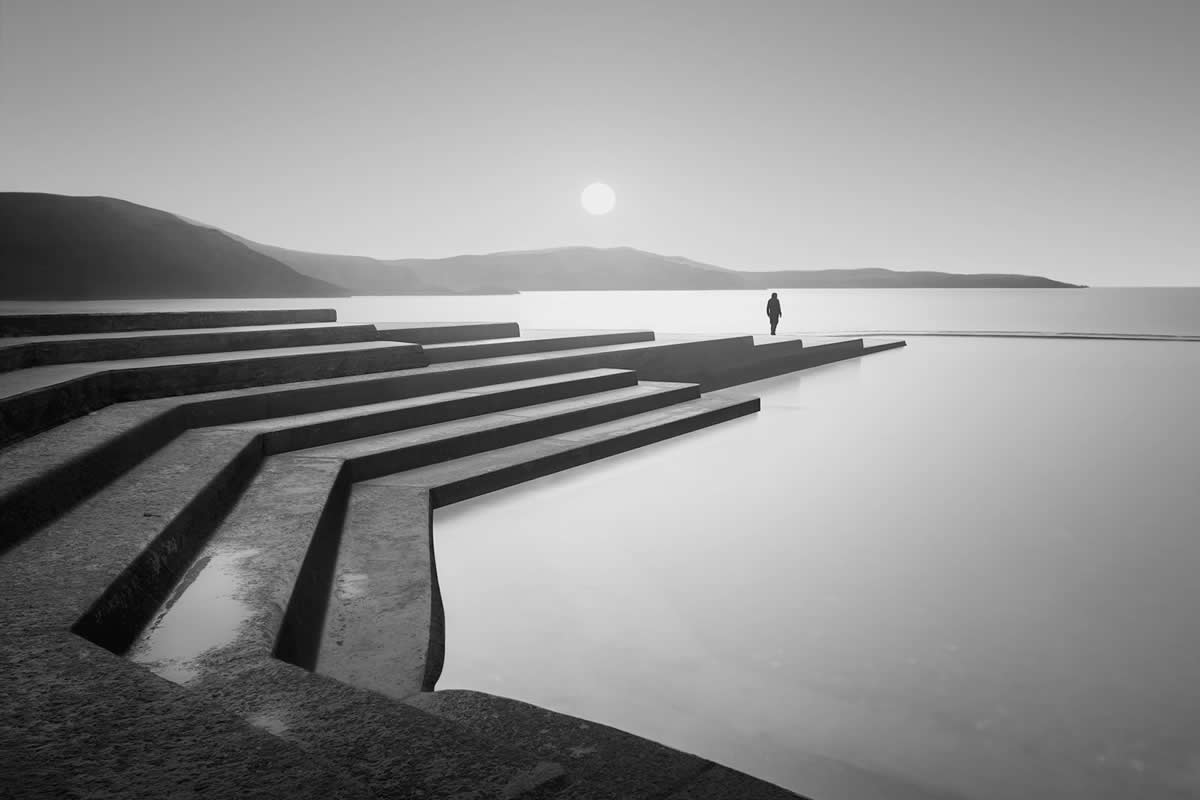
Mario’s signature style is rooted in black and white artistic photography, where the absence of color amplifies the importance of light, shadow, texture, and form. He often works with long exposure photography, crafting images that echo timeless stillness yet carry a futuristic atmosphere. His fascination with contrast and detail produces visuals that feel bold yet balanced, stark yet poetic. Whether in architecture, scapes, or street photography, Mario’s work reflects a purist approach—telling profound stories with minimal elements.
Influenced by surrealist masters such as Giorgio de Chirico, as well as photographers like Berenice Abbott, Hiroshi Sugimoto, and Lucien Hervé, Mario embraces both spontaneity and careful planning in his creative process. Some images emerge from instinctive street encounters, while others require meticulous research and visual mapping. This blend of intuition and discipline results in a body of work that has earned him recognition from internationally renowned institutions and publications.

For Mario Tarantino, photography is not only a visual language but also a philosophical pursuit. It is a way of capturing silence, framing solitude, and revealing the extraordinary in the everyday. Each image he creates is a reminder that art exists all around us—hidden in shadows, embedded in forms, and waiting to be revealed through the discerning eye of a storyteller with a camera.
You can find Mario Tarantino on the web:
#1

#2
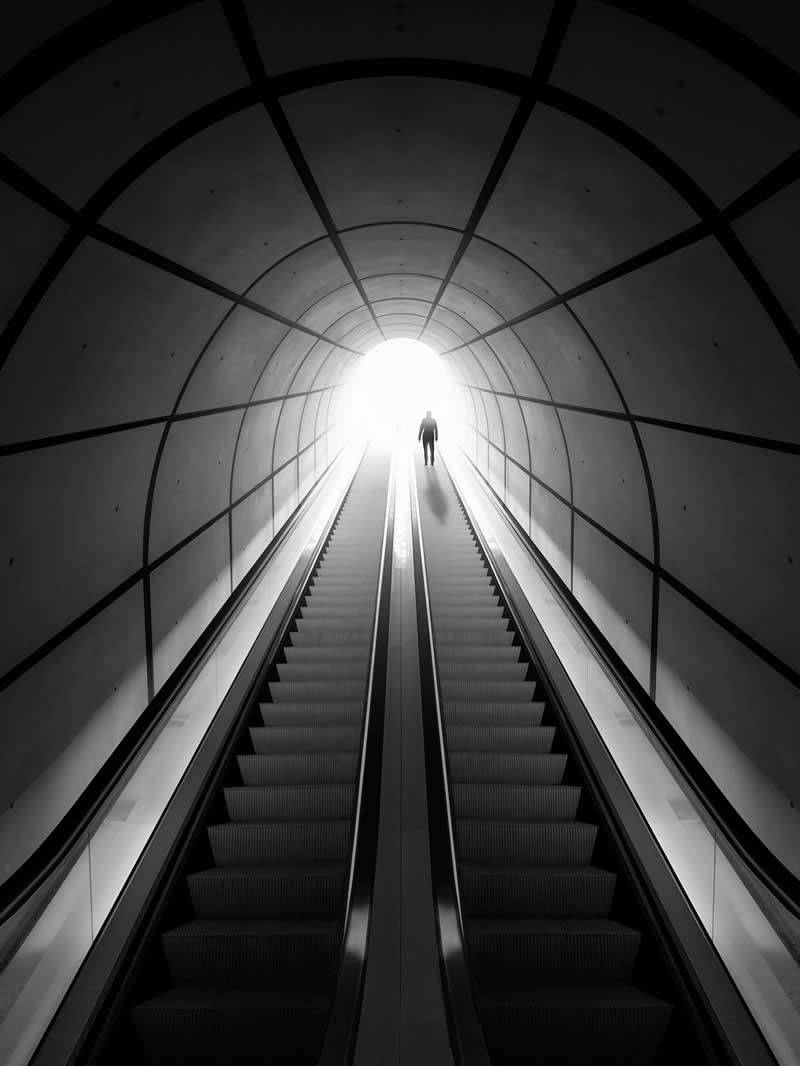
#3
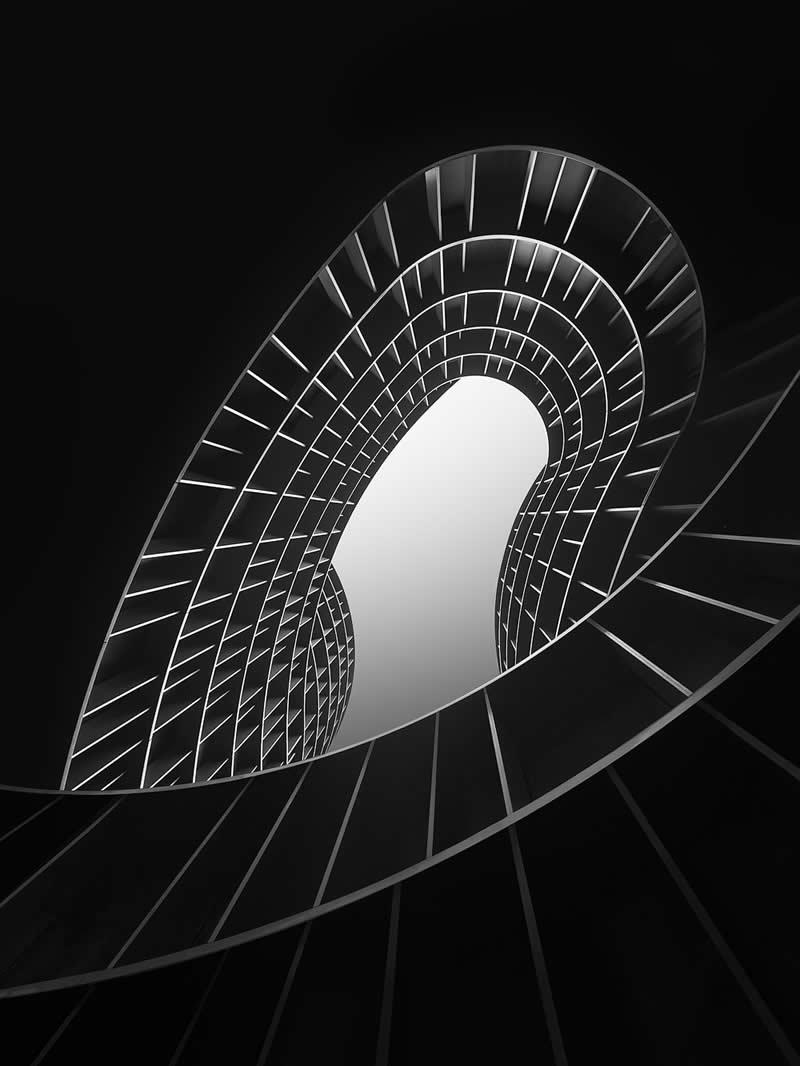
The Philosophy Behind Minimalist Photography
At the heart of Mario Tarantino’s artistic photography lies minimalism, a philosophy that values restraint, purity, and clarity. His minimalist photography strips away distractions to focus on the essentials: light, shadow, form, and texture. Through this approach, he reveals beauty in spaces that might otherwise go unnoticed, transforming simplicity into profound visual poetry.
His images echo silence and solitude, often presenting solitary silhouettes within vast architectural spaces or empty streets. By using negative space strategically, he allows viewers to breathe within the frame, encouraging contemplation. Mario’s minimalist photography is not just an aesthetic choice—it is a method of storytelling where less becomes infinitely more. His purist vision transforms the mundane into the marvelous, proving that restraint can unlock powerful emotions and narratives.
#4
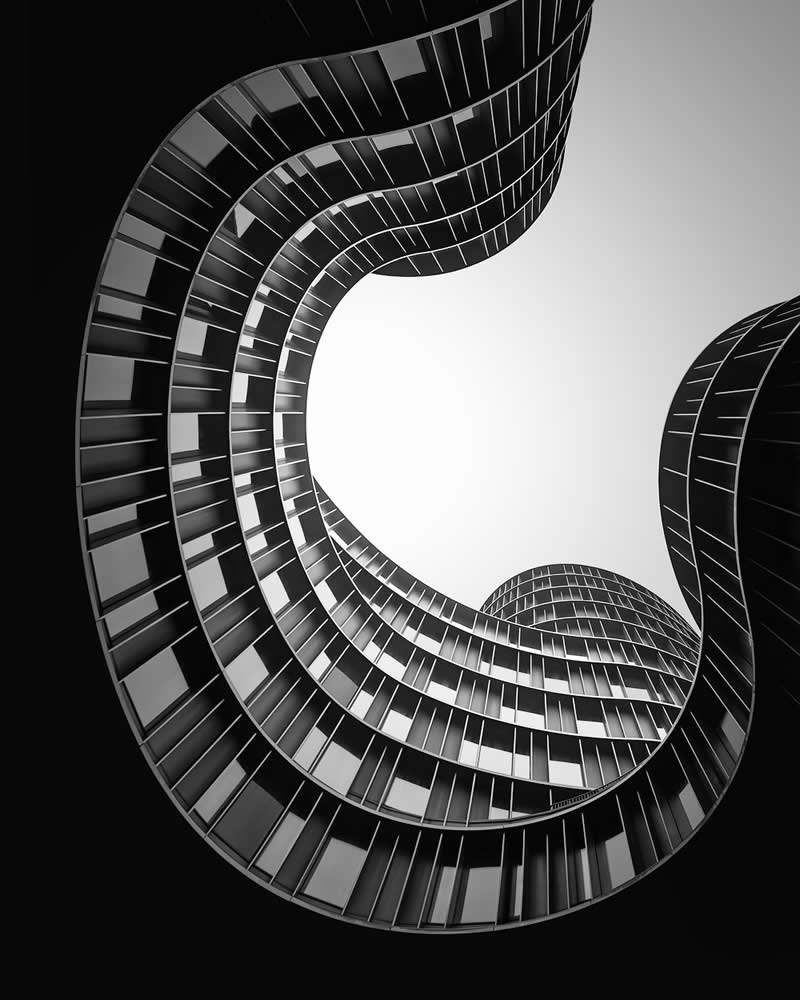
#5
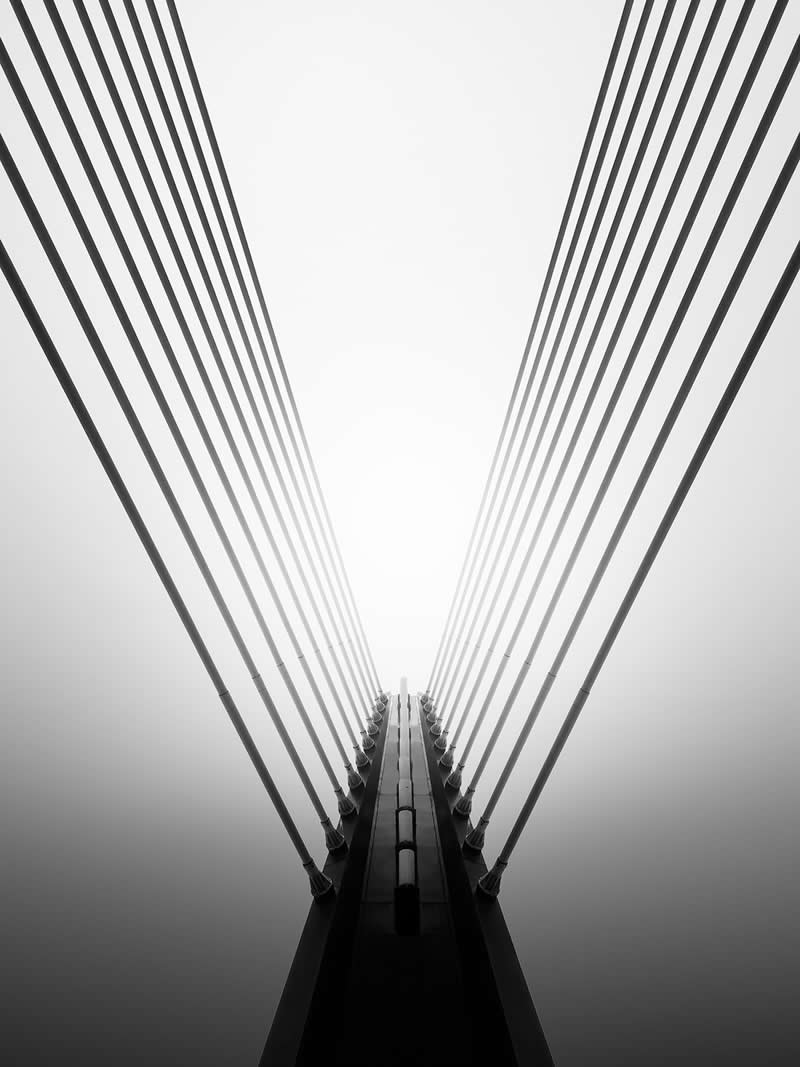
#6
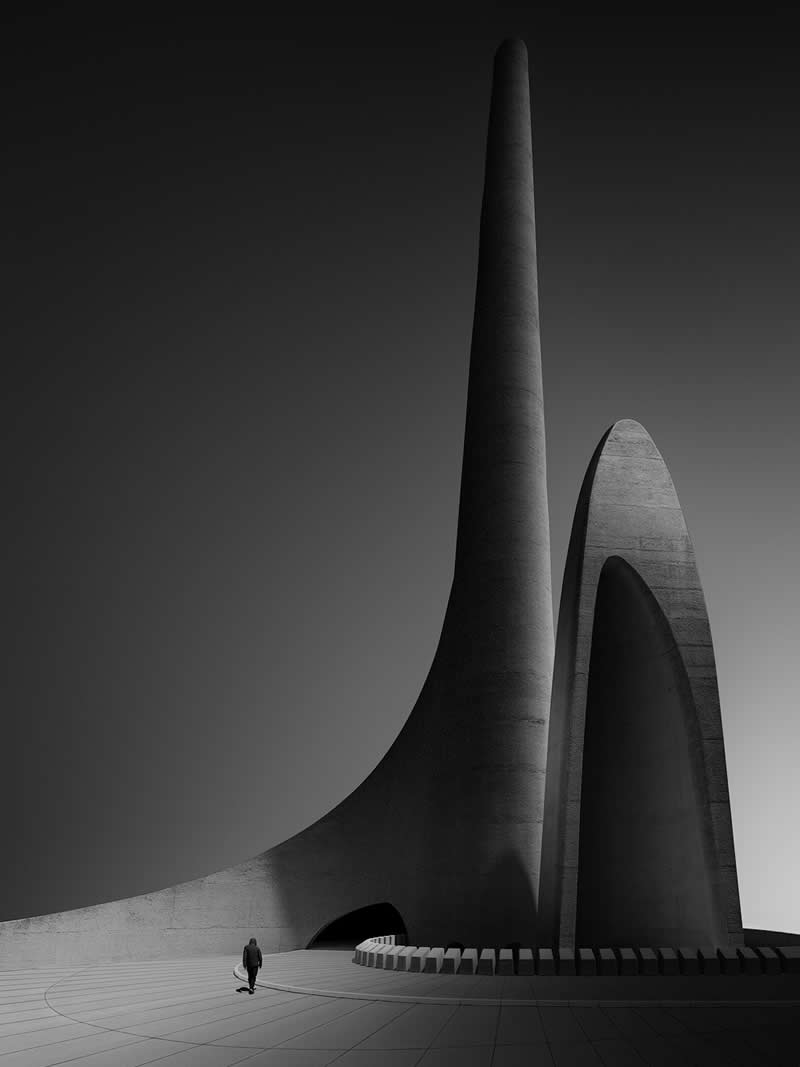
Black and White Artistic Photography
For Mario, black and white artistic photography is timeless, offering purity and depth beyond color. By removing color, he emphasizes light, shadow, and contrast—elements that define his visual language. His monochromatic images are bold yet balanced, with detailed contrasts that highlight both texture and form. From stark architectural lines to soft seascape horizons, black and white elevates his work to a universal and almost dreamlike realm.
Influenced by surrealist painters and iconic photographers, Mario sees black and white as a medium that connects past and future, evoking nostalgia while also hinting at the futuristic. This deliberate choice allows him to create a mood of stillness, silence, and mystery, qualities that align perfectly with his pursuit of the sublime. For him, monochrome imagery is not absence, but essence.
#7
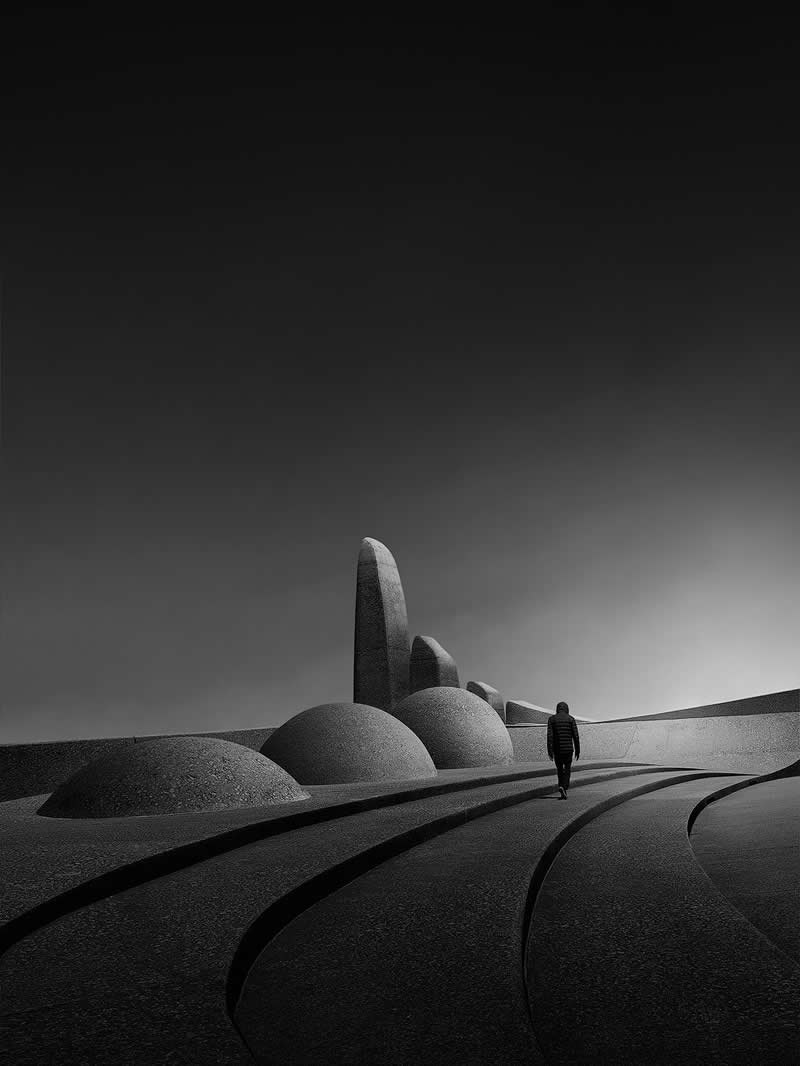
#8
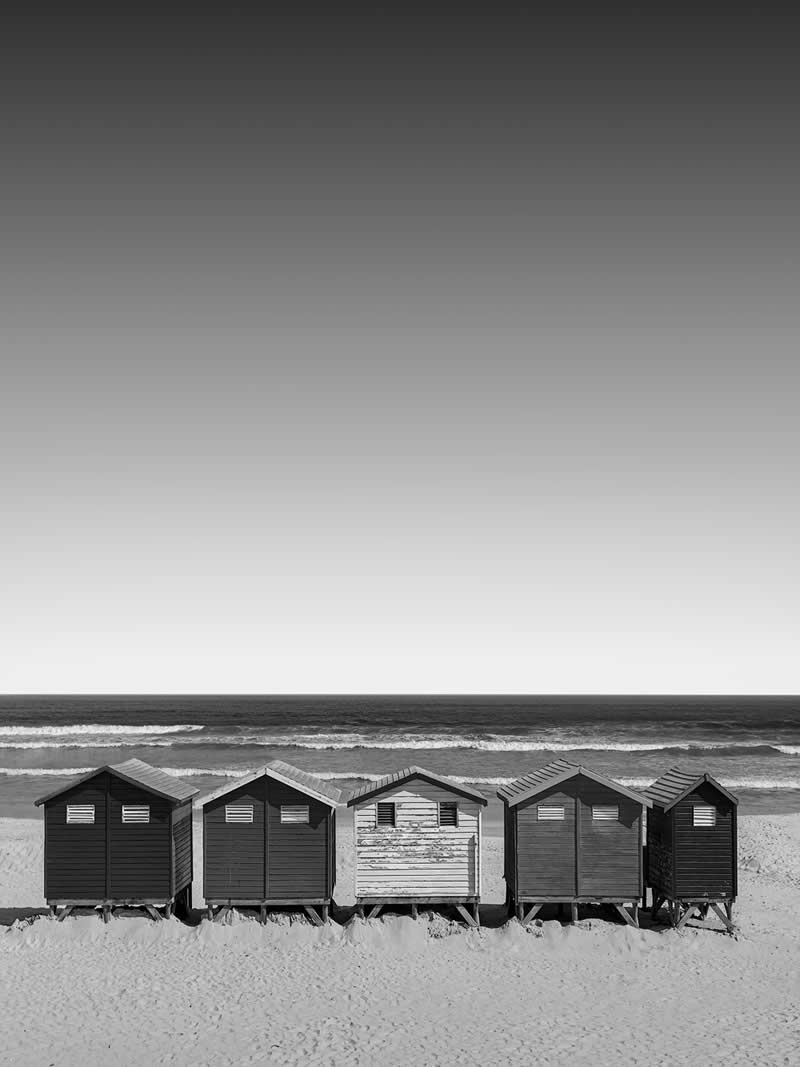
#9
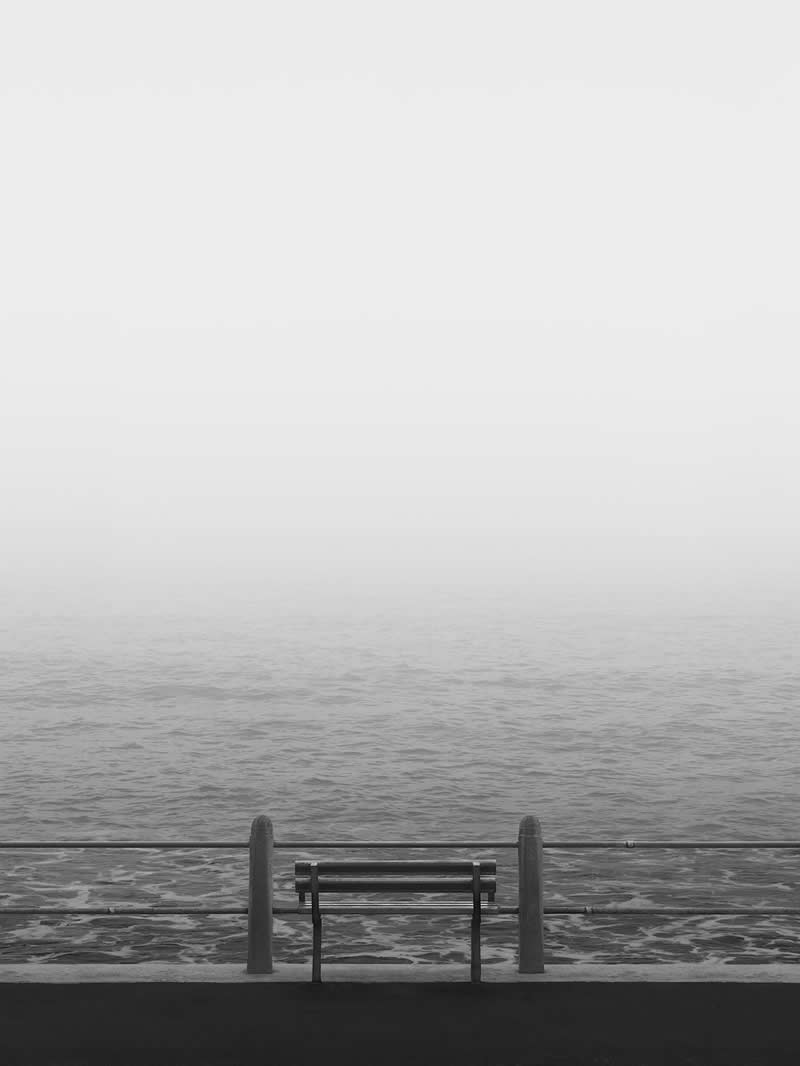
The Role of Light and Shadow
Light and shadow form the backbone of Mario Tarantino’s visual storytelling. Much like the surrealists who inspire him, he uses light not merely as illumination but as a tool to shape mood and atmosphere. In his photographs, light becomes a brushstroke, while shadow serves as a counterbalance, creating harmony through contrast. Whether highlighting the intricate details of architectural geometry or casting dramatic silhouettes across urban spaces, Mario’s work thrives on this interplay.
His fascination with soft low-light conditions allows him to create images that feel both timeless and futuristic. Through his artistic photography, he demonstrates how shadows can be as expressive as light, giving depth and dimension to even the simplest compositions. This mastery transforms his minimalist photography into evocative narratives filled with emotion and intrigue.
#10
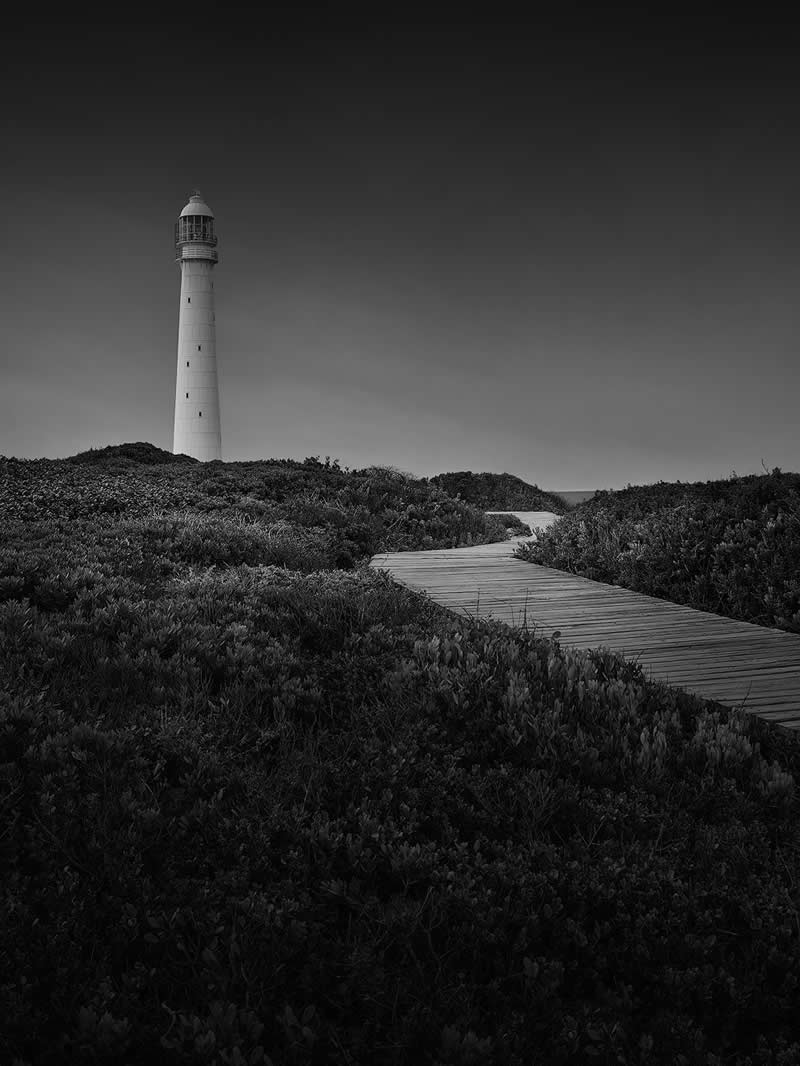
#11
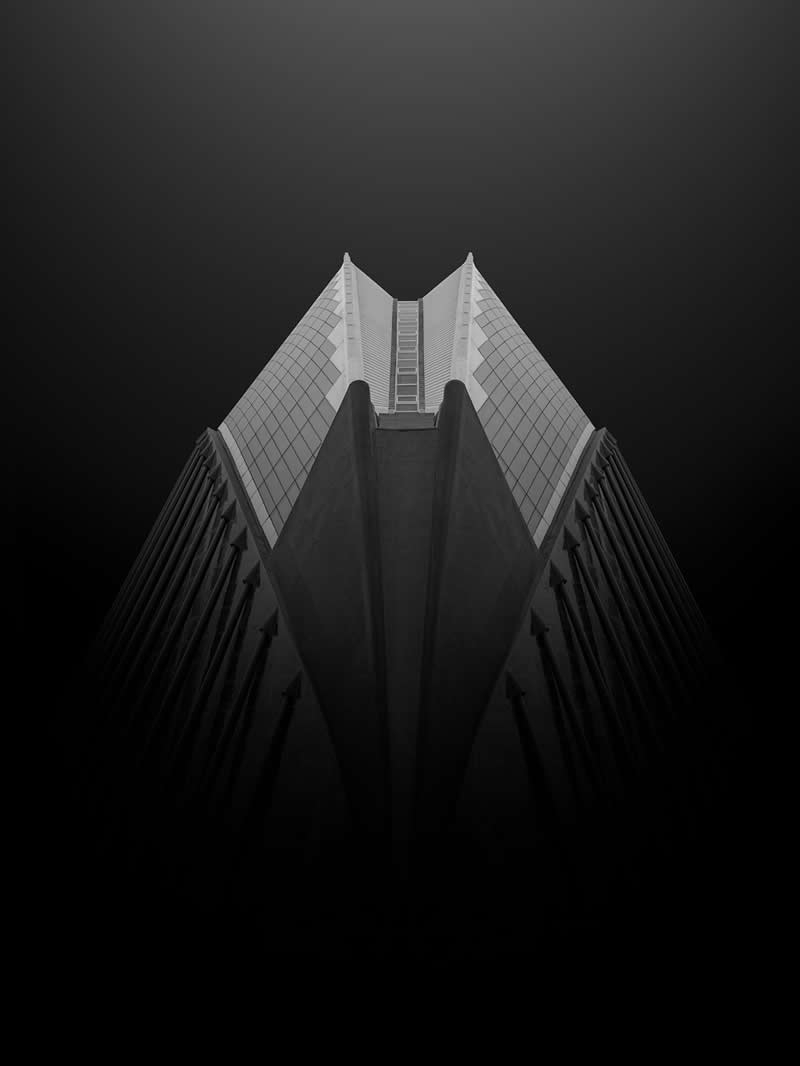
#12
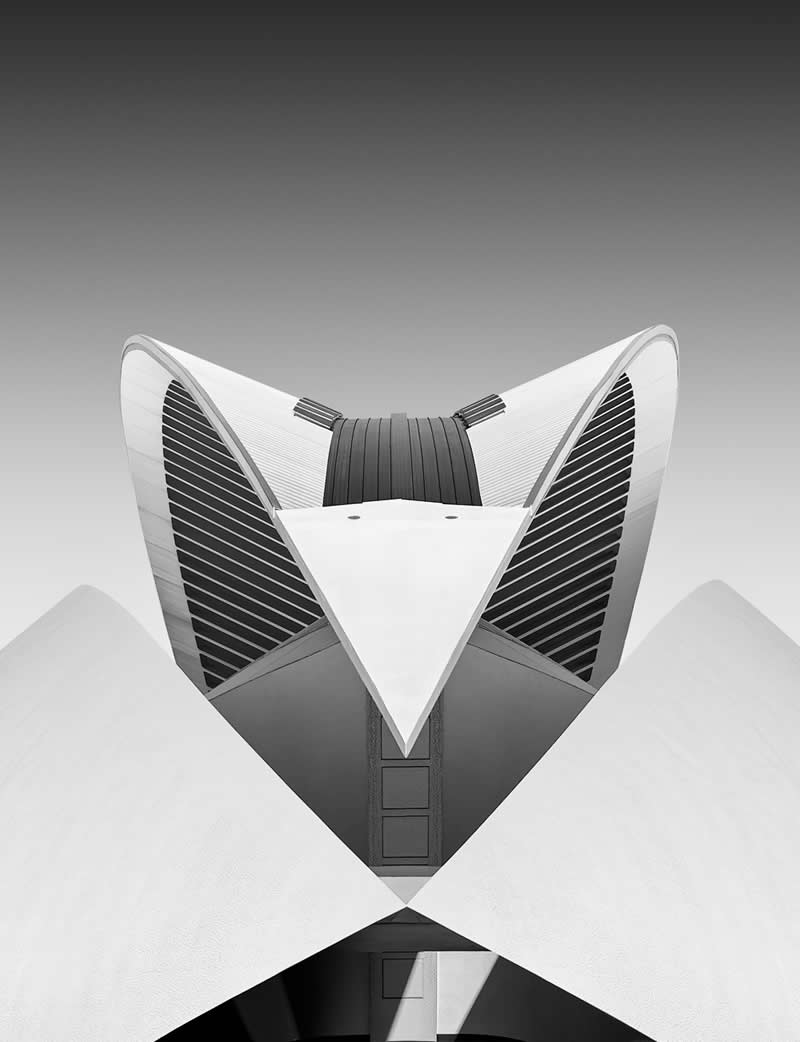
Architecture Through a Minimalist Lens
Architecture is one of Mario Tarantino’s most celebrated subjects, and his minimalist approach turns buildings into sculptural works of art. Stripped of distractions, his compositions emphasize form, geometry, and negative space. Wide-angle perspectives highlight the grandeur of structures, while shadows and contrasts reveal their hidden rhythms. Often devoid of crowds, his architectural photography conveys solitude, with lone silhouettes sometimes appearing to emphasize scale and isolation.
These images echo the surrealist influence of Giorgio de Chirico, where urban landscapes feel both familiar and otherworldly. For Mario, architecture is more than physical construction—it is a canvas of light and shadow, a playground for contrast and detail. Through his purist vision, buildings become timeless monuments, transformed into narratives that transcend their material reality and enter the realm of visual poetry.
#13
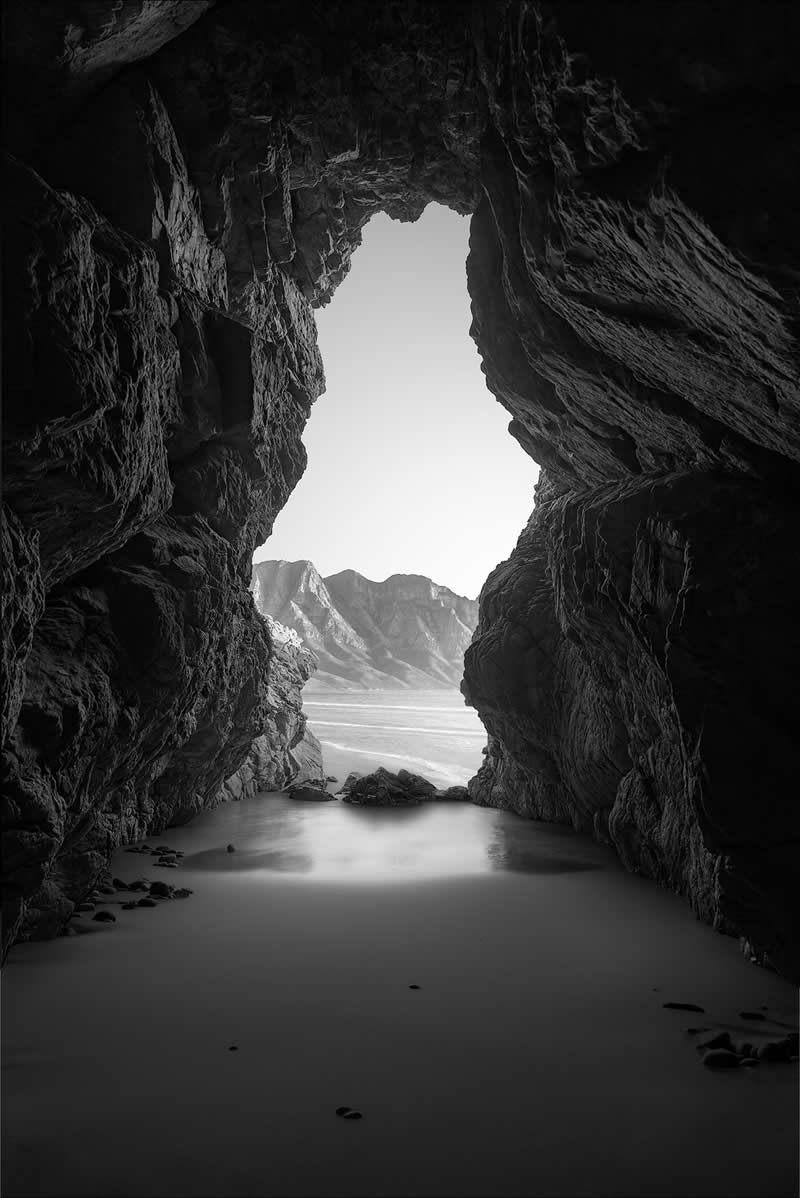
#14
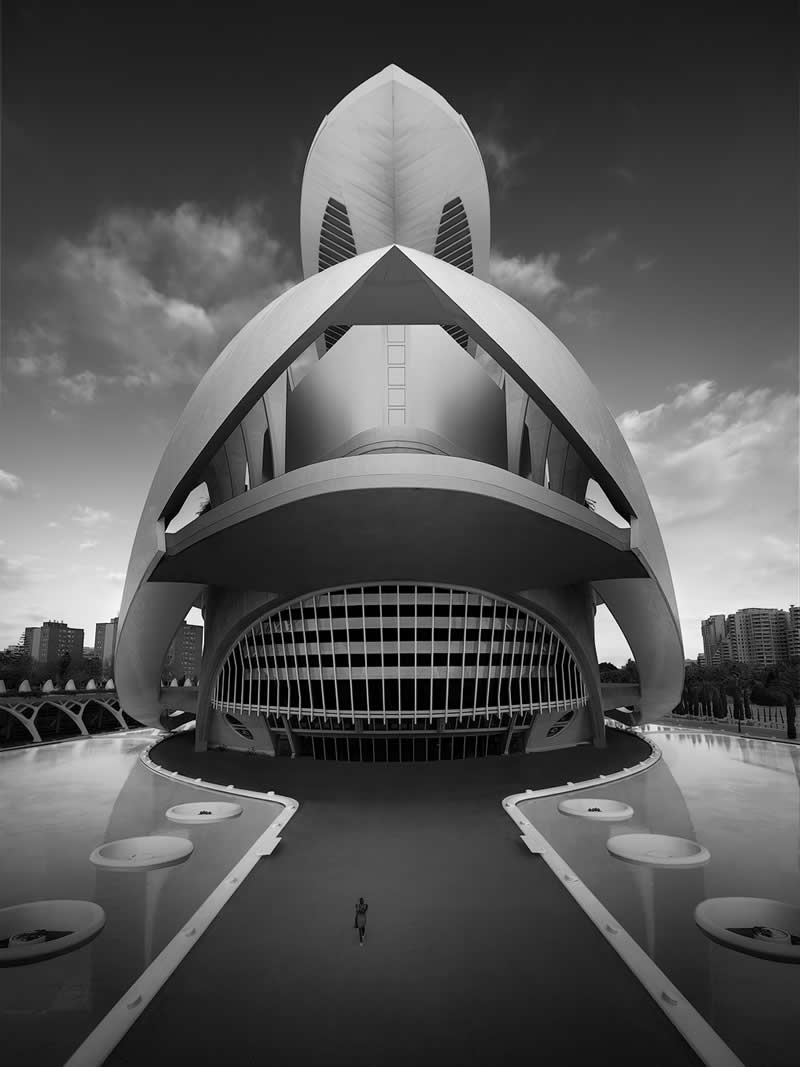
#15
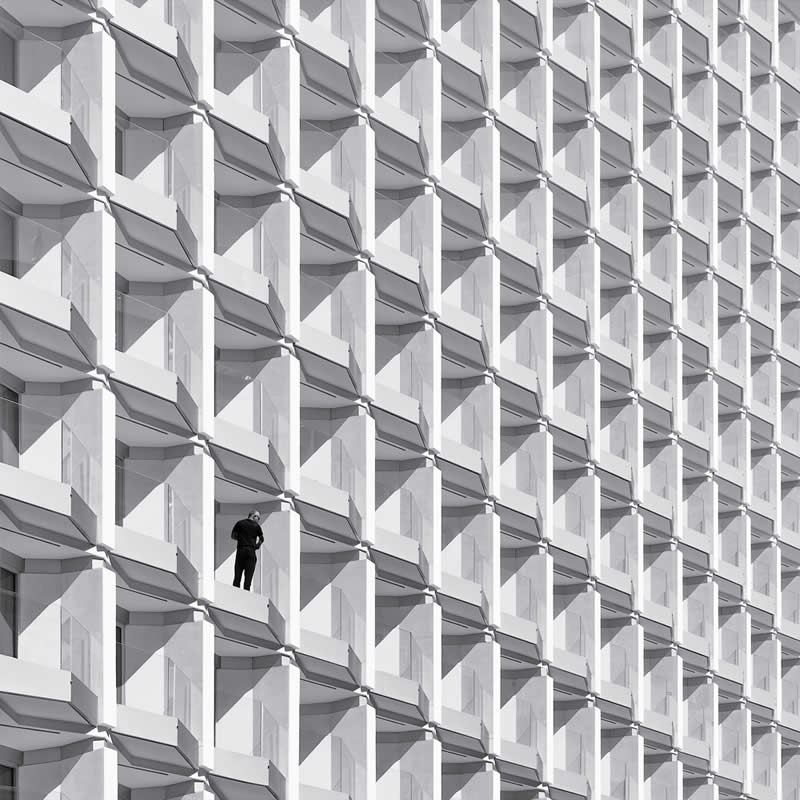
Scapes and the Sublime
Mario Tarantino approaches scapes—both land and seascapes—with the same purist minimalism he applies to urban environments. His long exposure photography creates surreal atmospheres, softening waves, clouds, and skies into ethereal textures. These dreamlike qualities transform ordinary landscapes into sublime visual experiences. Unlike traditional scenic photography, Mario’s scapes are not about grandeur or color but about mood and essence. By reducing elements to their simplest forms—lines, tones, and contrasts—he invites viewers into contemplative silence.
The absence of human presence amplifies this feeling, allowing the landscape itself to become the storyteller. His black and white artistic photography turns coastlines, horizons, and skies into meditations on time and space. Each scape becomes not just a view, but a transcendent moment, embodying the sublime that Mario constantly seeks.
#16

#17
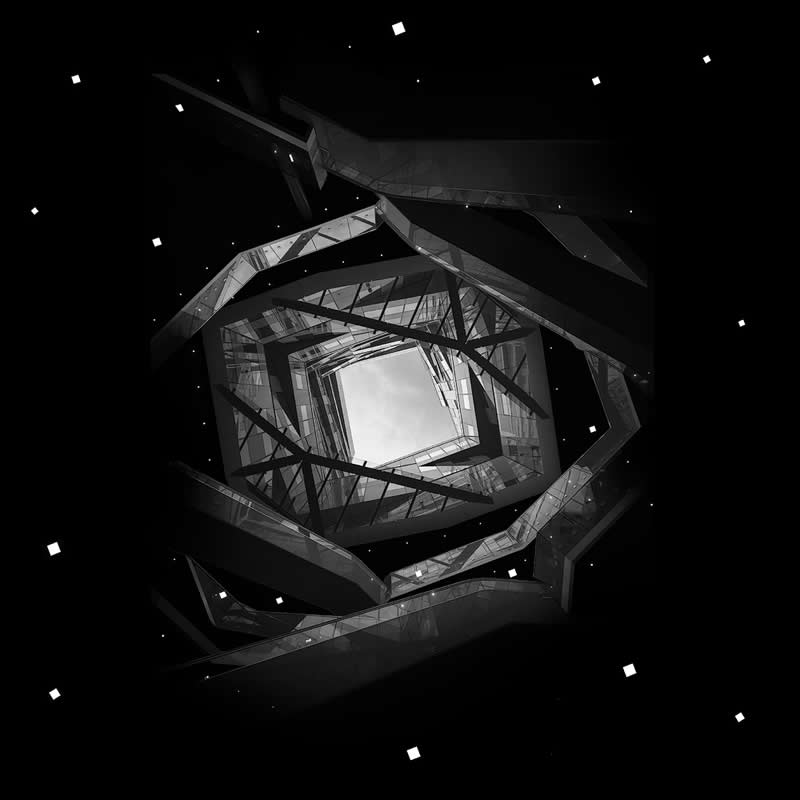
#18
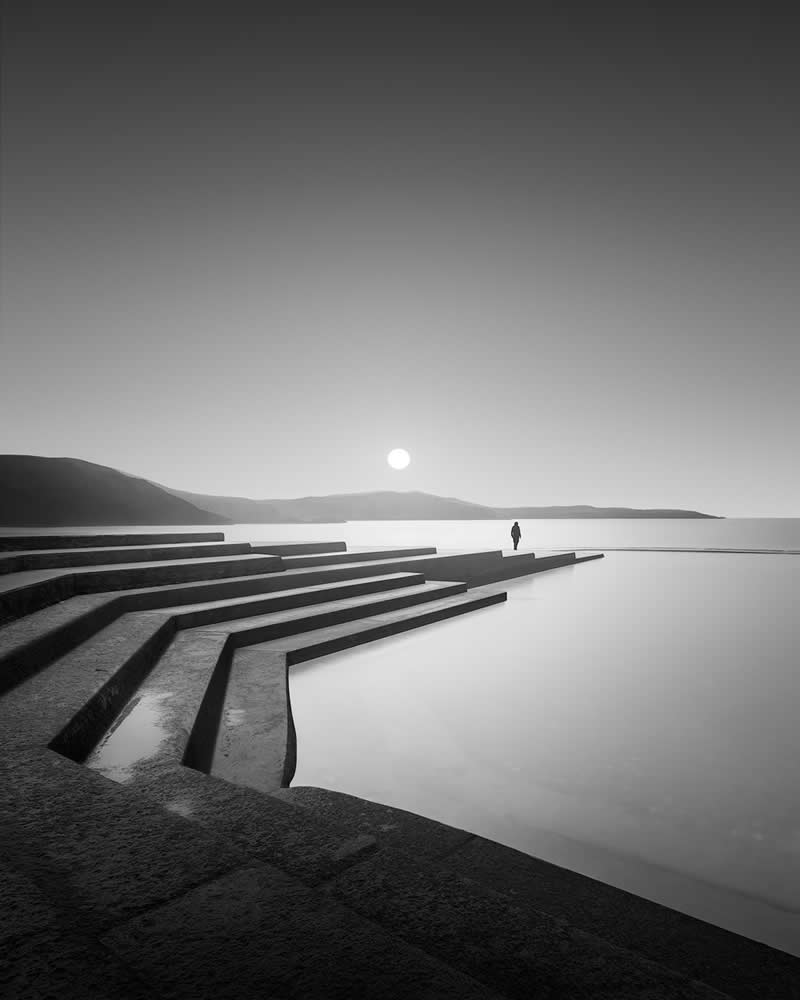
Street Photography with a Surreal Touch
Street photography, in Mario’s hands, goes far beyond documenting life. His minimalist style and pursuit of surrealism transform everyday urban scenes into marvels of artistic photography. Often devoid of bustling crowds, his streetscapes are marked by solitude—sometimes featuring a single silhouette against towering shadows or geometric lines. This purist approach gives his images a cinematic, almost futuristic aura.
Spontaneity plays a central role in his street photography, as he captures fleeting alignments of light, form, and human presence. Yet, even in spontaneity, his sense of balance and composition shines through. His streets become stages where contrast and silence converge, allowing the mundane to reveal its hidden poetry. Through this surreal lens, Mario’s street photography inspires audiences to see ordinary cityscapes as extraordinary works of art.
#19
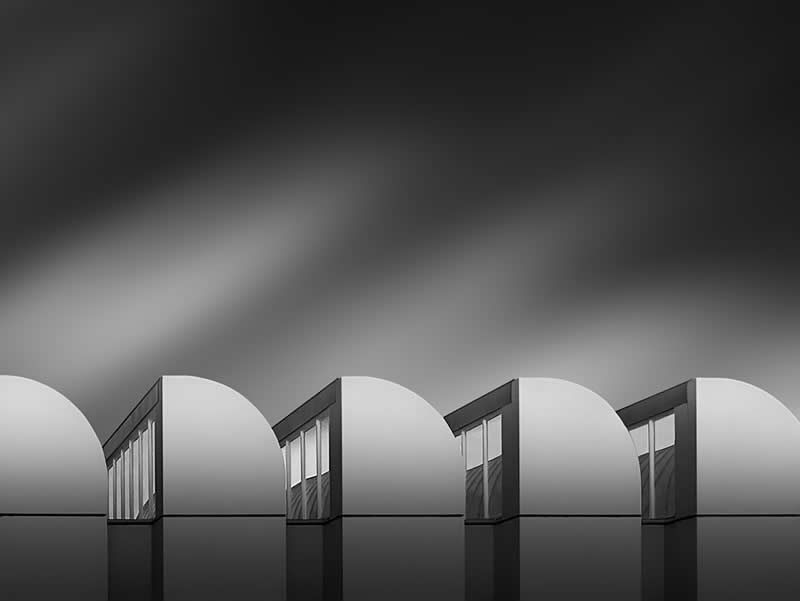
#20
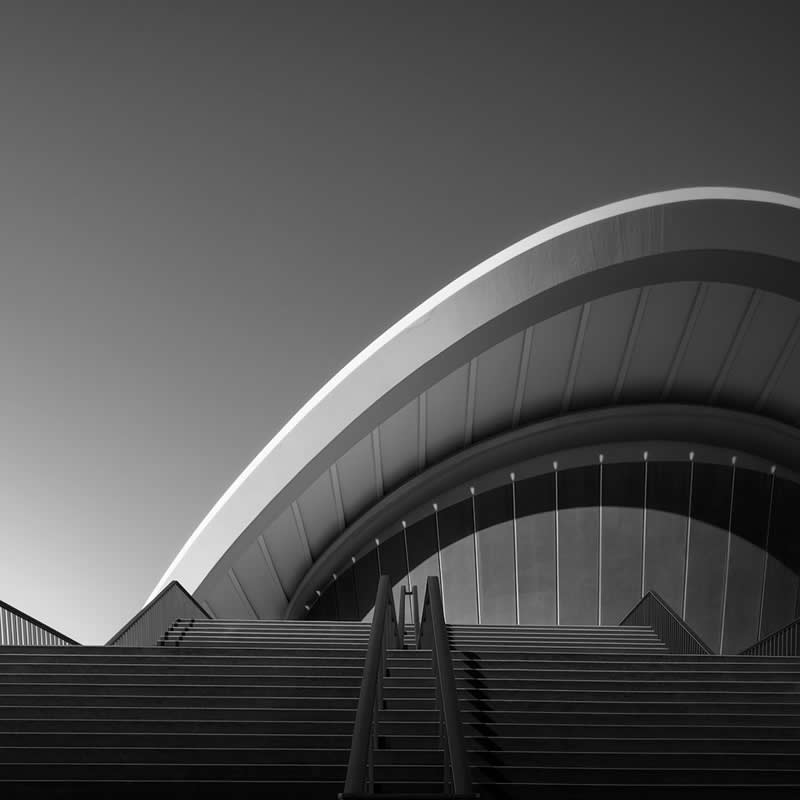
#21
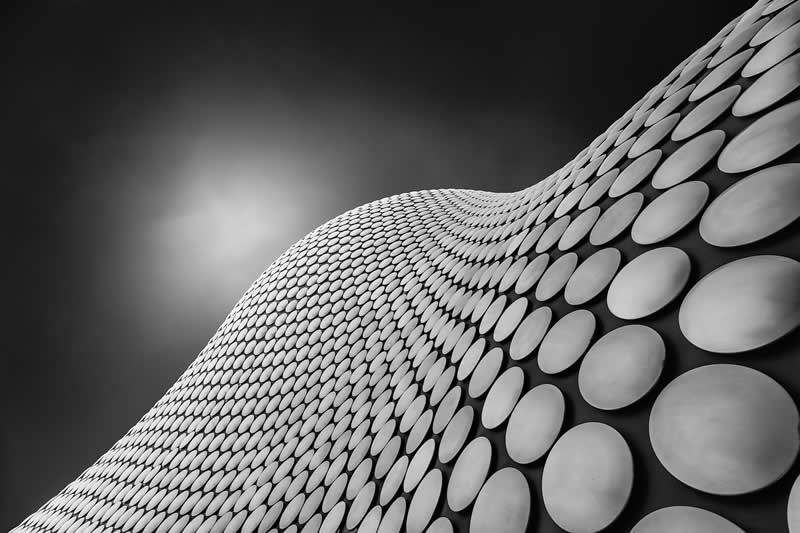
Awards and Global Recognition
Mario Tarantino’s artistry has not gone unnoticed. His unique approach to minimalist and black and white artistic photography has earned him numerous awards from internationally renowned institutions and publications. His mastery of contrast, detail, and storytelling has been celebrated across competitions that recognize the fusion of technical precision with artistic vision.
These accolades not only highlight his status as an award-winning photographer but also reinforce his role as an inspiring talent within the global photography community. Yet, for Mario, awards are not the goal—they are milestones along a larger journey of creativity and exploration. Each recognition validates his belief in transforming the mundane into the marvelous. By staying true to his purist philosophy, he continues to carve a space for minimalist photography on the international stage.
#22
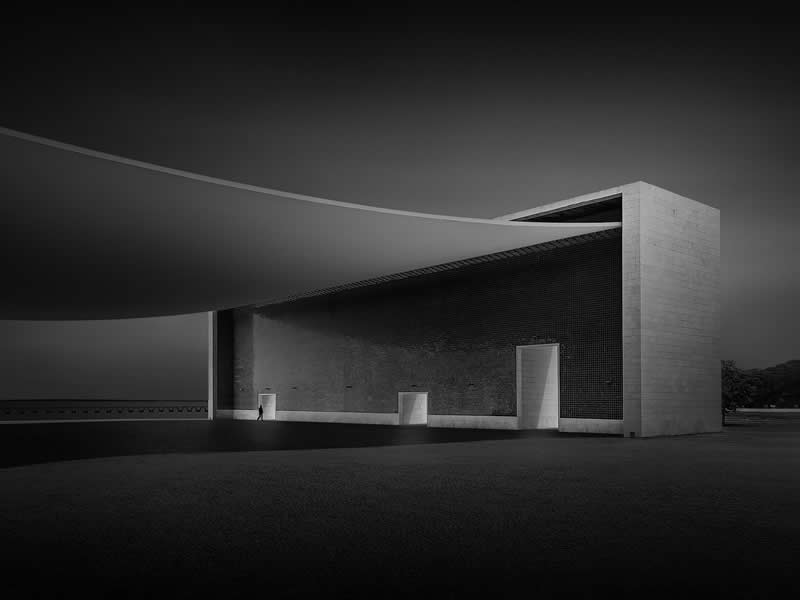
#23
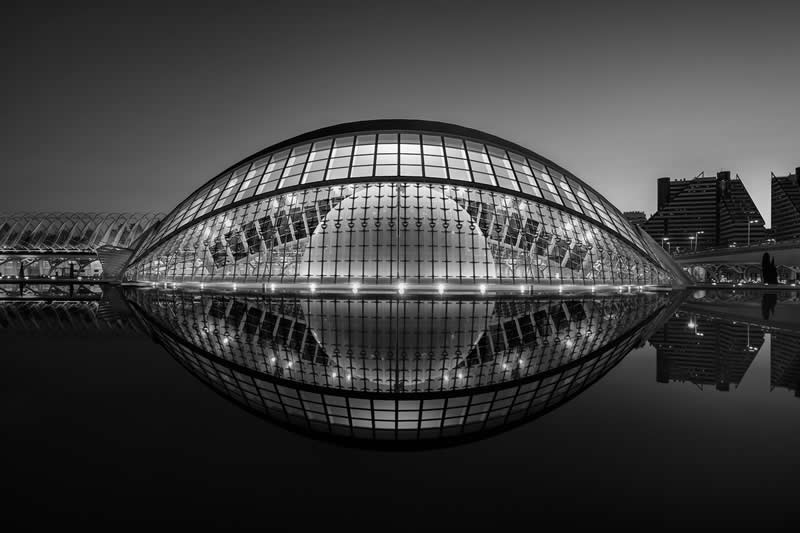
#24
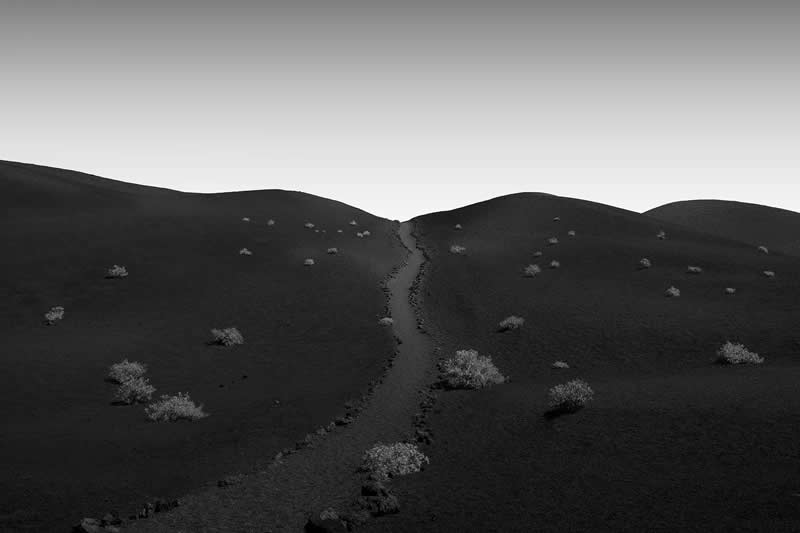
Inspiring Talent and Future Vision
Beyond personal success, Mario Tarantino is committed to inspiring talent and encouraging others to embrace photography as a means of artistic expression. His work serves as a guiding light for emerging photographers drawn to minimalism, surrealism, and black and white artistry. By showcasing how simplicity, contrast, and careful composition can evoke powerful emotions, he opens creative pathways for others to explore.
Mario’s philosophy is rooted in the idea that photography should not merely replicate reality but elevate it into something meaningful and transformative. Looking forward, he continues to experiment with new forms, including his upcoming ventures into color photography. Whether through workshops, exhibitions, or his expanding portfolio, Mario Tarantino remains dedicated to inspiring the next generation of storytellers, proving that artistry lies in perspective.
#25
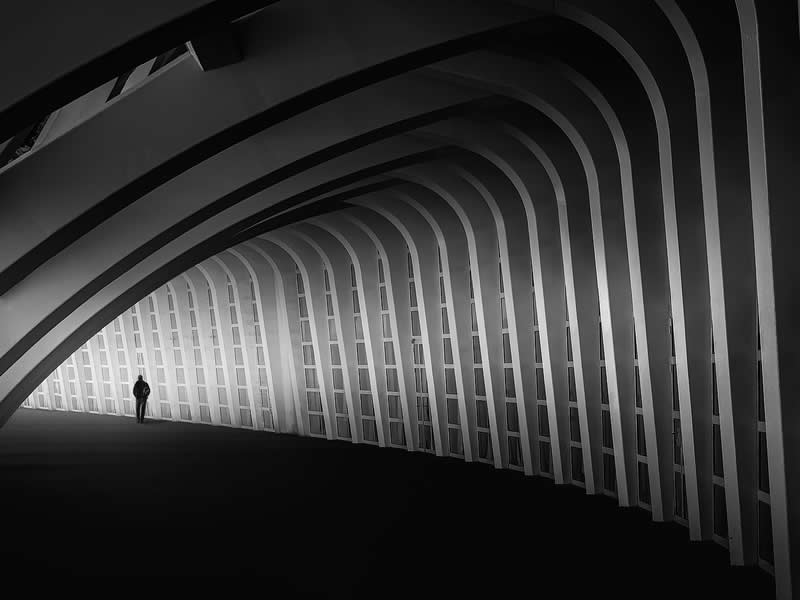
#26
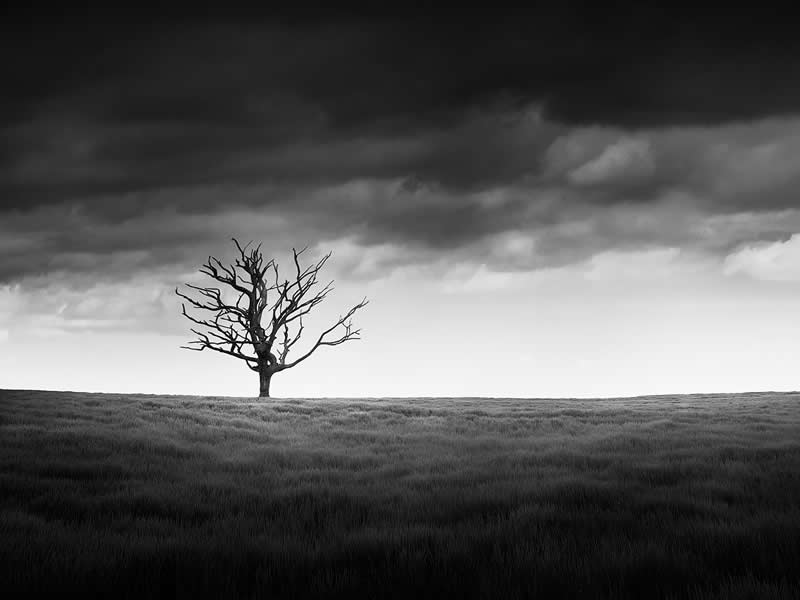
#27

Conclusion
Mario Tarantino’s photography is a testament to the transformative power of minimalism and vision. By stripping away excess and focusing on light, shadow, contrast, and detail, he turns the everyday into something extraordinary. His black and white artistic photography captures silence, solitude, and surreal beauty, offering viewers moments of aesthetic escapism in a chaotic world. Each image he creates resonates with a philosophy that art is not about abundance but about essence.
Through his work in architecture, scapes, and street photography, Mario demonstrates the versatility of minimalist photography. Whether crafting bold cityscapes, dreamlike seascapes, or solitary streets, his compositions remain united by purity and balance. His mastery of long exposure photography, his embrace of surrealist influences, and his devotion to contrast set him apart as a visionary artist.
Recognition from international institutions has affirmed his place among award-winning photographers, yet his influence extends beyond accolades. Mario’s images inspire audiences to reimagine their environments, to pause and reflect, and to see art where they least expect it. By inspiring talent and sharing his vision, he ensures that minimalist photography continues to thrive as both an art form and a way of seeing the world differently.
Ultimately, Mario Tarantino’s work is more than photography—it is philosophy made visual. His images remind us that the marvelous exists all around us, waiting to be discovered in shadows, lines, and silences. With each frame, he invites us to step into his vision of the sublime, where the mundane is never ordinary but always extraordinary.
#28
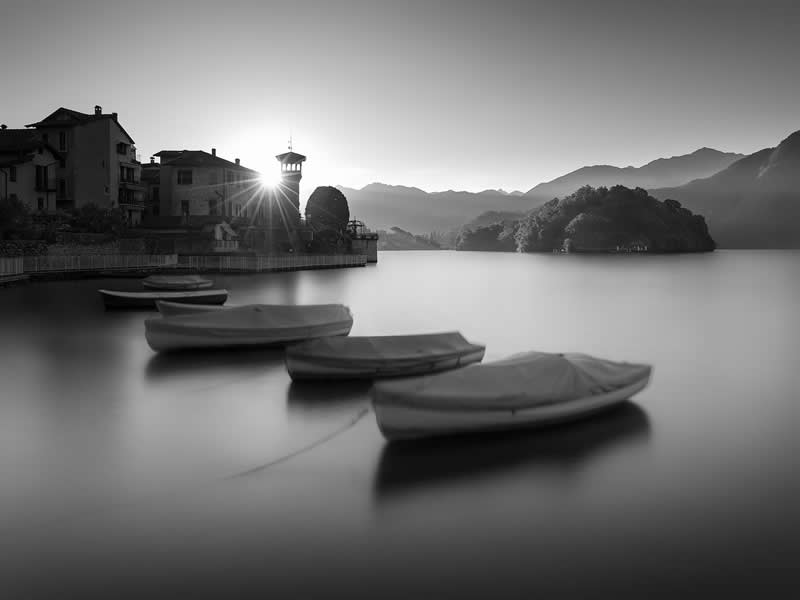
#29
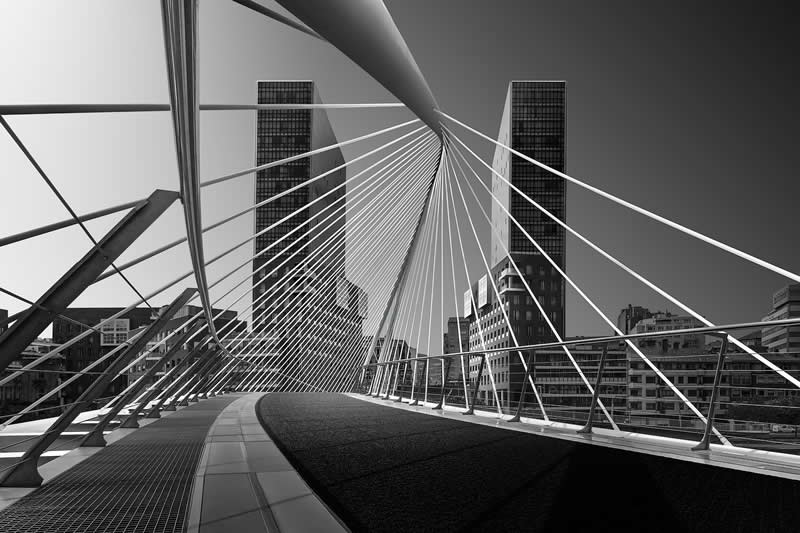
#30

#31
